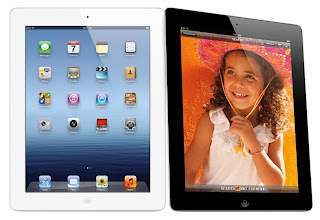It is easy for your phone's screen to become damaged. Its glasslike material makes it highly vulnerable to all kinds of sharp objects around it. Because of this, a number of innovations have been developed to help provide protection for every kind of phone on the market today. However, even with a screen protector, there are still instances when such an item is unable to do what it is supposed to.
Repairs on phone screens are easily accessible though. There are a lot of shops offering this service. However, one can also do it in a DIY fashion. It might seem really hard to do an iPhone 4 screen repair, but doing a good amount of research into the process can make it easier.
There has been a lot of talk concerning the breakable nature of iPhone 4's screen. It is a good thing that a number of solutions have surfaced along with these concerns. One can even choose between LCD and touch panel replacement screens for the damaged one. There are also a number of DIY tips provided all over the internet for those who wish to save a couple of bucks on getting their iPhone 4 repaired.
To start off with iPhone 4 screen repair, the entire phone has to be disassembled. When doing this, it is important to take measures to ensure that all the pieces, especially the screws, do not end up getting lost. One should also make sure that there is ample time available for the repair to be done since it can take quite some time before it gets done. A flat, wide workspace is also ideal considering the different parts of the phone that have to be laid out there while the replacement takes place. One can have small pieces of paper for labeling the different parts of the phone to make sure one part does not end up being mistaken for the other. If possible, have a container ready at hand in case of emergency where the procedure has to be stopped. All of the parts can easily be placed inside said container to avoid losing them.
Remove the SIM tray. All it takes to do so is insert a paper clip in the hole at the top side of the phone right next to its power button. Once the clip is inserted, the SIM tray ejects automatically. The plastic back of the phone can then be removed using the case opener. After this, the iPhone antenna cable is removed by carefully prying it loose. It is secured in place with three glue spots and one should proceed with this step with utmost caution. The 10 screws placed around the phone's sides should then be removed as well as the 3 screws that secure the motherboard. The battery and the motherboard should be removed together, and the remaining frame is then detached.
Once all these are done, the damaged LCD screen is then removed and replaced by the new one. This should be done with utmost care by loosening the 3 clips on the screen's side and removing the LCD. The wires that are intertwined into the iPhone can easily be guided through the frame, where they naturally slide through. When the new screen has been attached, one can proceed to retrace the steps taken before actually placing the screen to ensure that the iPhone gets back to its original assembled state.




















